
First, a quick Thunderbean Update:
The Flip the Frog preview sets are finally all going out- they’ve been trickling out slowly, but we hope to have all out the door this week along with a handful of other straggler discs to various folks. Thanks to everyone for their patience. We’ll hopefully have our materials all ready next week for the ‘official’ announcement of the Flip the Frog animated short as well.
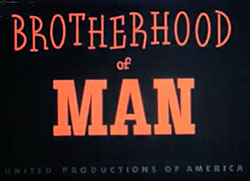 And now- onto ‘The Brotherhood of Man’
And now- onto ‘The Brotherhood of Man’
If you watch about the industrial films that UPA made, both before their Columbia contract as well as during, what is clear immediately is that the extravagant, modern design is not necessary in making a relatable message – but is wonderful, unusual and still enjoyable seventy years later.
In many ways, their films graphic and animation ideas are interesting, innovative and, oddly, probably more influential now on animation design than they were in the 50s. I wonder sometimes if their clients found their design sensibilities peculiar; I can’t imagine the military or government shorts they produced were met with any more praise than any of the shorts produced with more conventional designs by other producers.
United Productions of America, like many small producers, survived for many years on these industrial and military productions, and it’s clear that many of these shorts had budgets to afford (or almost afford) a fully animated treatment. The shorts that Hugh Harman and John Sutherland produced in the same period don’t attempt to push boundaries in design or filmmaking, but rather use the artist’s skills effectively and professionally in areas they were proficient in already.
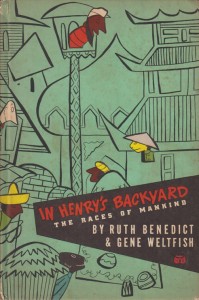 The inherent risk in making industrial films with artistic merit can be seen in the documentation that still exists on the budgets of the shorts as well as recollections of the artists. Of course, animation (and perhaps ALL film) is notorious for production over-runs in budgets, but in the case of UPA, nearly every artist to talk later about the studio mentions the studio barely surviving, having spent the entire income for each production on the films, leaving barley anything for the studio’s survival between jobs.
The inherent risk in making industrial films with artistic merit can be seen in the documentation that still exists on the budgets of the shorts as well as recollections of the artists. Of course, animation (and perhaps ALL film) is notorious for production over-runs in budgets, but in the case of UPA, nearly every artist to talk later about the studio mentions the studio barely surviving, having spent the entire income for each production on the films, leaving barley anything for the studio’s survival between jobs.
Perhaps the first classic film that UPA made was The Brotherhood of Man (1946). The short was produced for the United Auto Workers to help with race relations in their factories after the war as demand grew for automobiles again. It was subsequently sold to 16mm educational film libraries around the US and was in circulation well into the early 70s when other, more modern productions replaced it. The UAW paid about $18,000 for the production to UPA, quite low for the mid-40s. I have to wonder if they were able to produce the short for this budget, or if it actually cost more to produce this 10 minute film than the revenue it brought in.
The film is closely based on a pamphlet, “The Races of Mankind” that was distributed by the New York-based Public Affairs Committee in the mid-40s. It would be my guess that the UAW distributed this pamphlet to their workers, along with a showing of the film. UPA’s character design is clearly heavily influenced by the popular comic drawings of Saul Steinberg that often appeared in The New Yorker magazine. The same designs appeared in a short book based on the pamphlet as well.
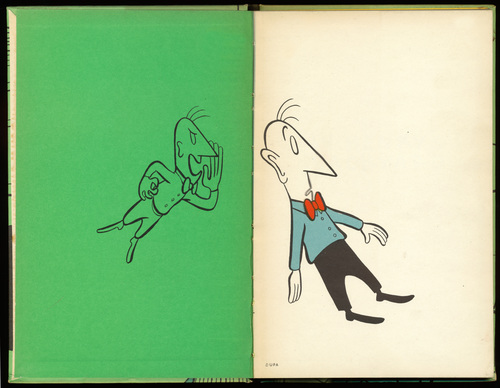
End Papers from the pamphlet
Robert Cannon directs the film and serves as lead animator. Ken Harris and Ben Washam round off the animation team. John Hubley and Phil Eastman are credited for story along with Ring Lardner Jr.
Lardner was one of the famous ‘Hollywood 10’ who were found to be in contempt of Congress for not answering questions before the HUAC committee. After serving a year sentance for contempt, he continued his career in screenwriting, using pseudonyms. It is rumored that he actually wrote the screenplay for John Huston’s classic Treasure of the Sierra Madre (1949). The Oscar that year went to Huston for the screenplay.
The Brotherhood of Man is sensitive and well-thought out, attempting to tackle a difficult subject with humor and logic along with information.
As for this copy, we were happy to be able to have this short in one of the Thunderbean releases and being in Detroit had some advantages for the ability to use this particular short. The UAW granted Thunderbean permission to use the short on the compilation, Mid Century Modern 2, provided we give them a better version of the film that they had in their own library (they only held a faded Eastmancolor print). They were kind enough to share some of the records from the production as well. Many of these records are now part of the UAW collection at the Detroit Public Library.
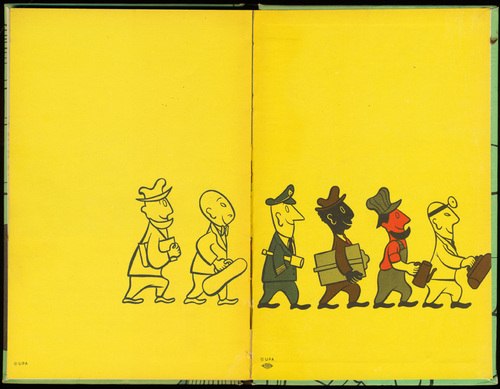
More End Papers from the pamphlet
The UAW contracted with UPA to produce the film in October of 1945, not long after the war ended. It was produced in 35mm, but oddly enough a Kodachrome 16mm master was delivered to the UAW, and appears to have been used to strike 320 prints. Even though the UAW produced the short, it seems that the original 35mm material never made it into the hands of the UAW proper, but was likely used to strike the 16mm Eastman master later. The 35mm material still exists, and I hope at some point to be able make a copy of it.
The material used for Mid Century Modern 2 was a 1946 Kodachrome 16mm print. It was possibly one of the prints struck for the first round of showings of the short.The soundtrack, although audible, was quite muffled. A slightly better track existed on a later 16mm print that was part of my own collection, so we used this to replace the soundtrack. We’ve done our best to clean up this old print and balance the color, though some damage (especially around the edge of the frame) is still apparent, and the film remains somewhat grainy and contrasty (though still the best we’ve seen available on this film). Some of the transitions is this print appear to be fairly primitive, but were printed in on the the print we used. The later Eastman prints of the film have different transitions at several points.
We’re working on releasing both of the Thunderbean DVDs Mid Century Modern 1 and Mid-Century Modern 2 on Blu-ray along with the other projects. For now, we hope you enjoy The Brotherhood of Man in HD. Have a good week everyone!


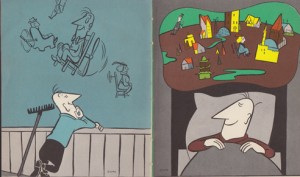

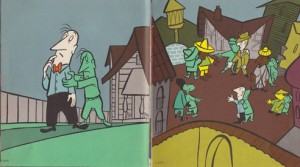

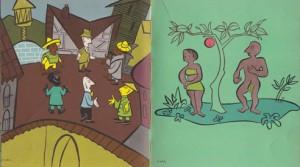

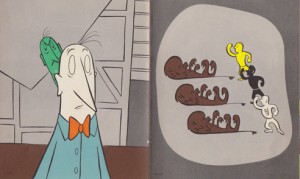
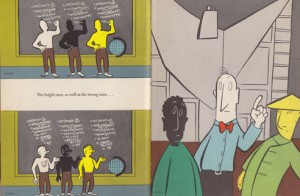
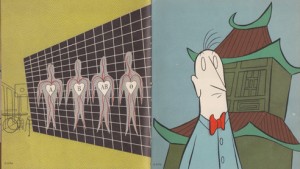


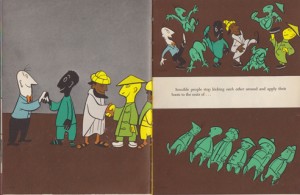
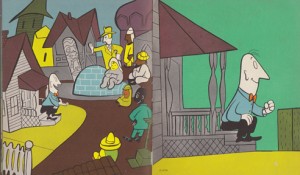
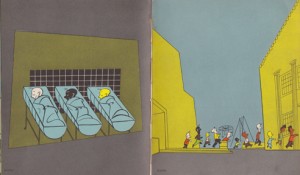
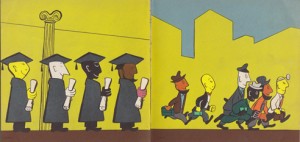
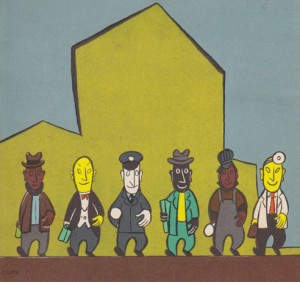
 Steve Stanchfield is an animator, educator and film archivist. He runs Thunderbean Animation, an animation studio in Ann Arbor, Michigan and has compiled over a dozen archival animation DVD collections devoted to such subjects at Private Snafu, The Little King and the infamous Cubby Bear. Steve is also a professor at the College for Creative Studies in Detroit.
Steve Stanchfield is an animator, educator and film archivist. He runs Thunderbean Animation, an animation studio in Ann Arbor, Michigan and has compiled over a dozen archival animation DVD collections devoted to such subjects at Private Snafu, The Little King and the infamous Cubby Bear. Steve is also a professor at the College for Creative Studies in Detroit.






















What I’m curious about is who did the voice work on Brotherhood of Man?
Good point. I just watch the credits and noticed none other than Disney’s Paul Smith contributed the nice mood music..
What a wonderful post! Thank you! I remember working on my dissertation in about 1999 or 2000 and calling around to see who had a copy of BROTHERHOOD. I called UPA’s office first, and the company had forgotten having made the film. Eventually I was directed to the UAW archivist, who kindly gave me a VHS copy of the faded Eastmancolor reel free of charge–or at least in exchange for my promise never to duplicate and/or sell it. It’s still in my office today.
UPA made some of the most ground-breaking films out there, both artistically and, in some cases, politically. Thanks for this, and I liked the MID-CENTURY MODERN collections. If you do a Blu-ray edition, I hope it adds some films that were not on the previous editions. I’m still hoping for some key UPA films like this to come out someday on DVD as they had on VHS. I don’t know how many of these notable films are in the public domain, but I’m always hoping.
oh my sweet DEAR!! A fascinating post. I never knew UPA was THAT old. I was astounded to see just how UN-“limited” the animation was. Super!!
I think it’s Herb Vigran doing the voice of the main character in Brotherhood of Man. It also sounds like Eddie Bracken did some vocal work on it as well.
I’m not seeing a Saul Steinberg influence here at all, to be honest.